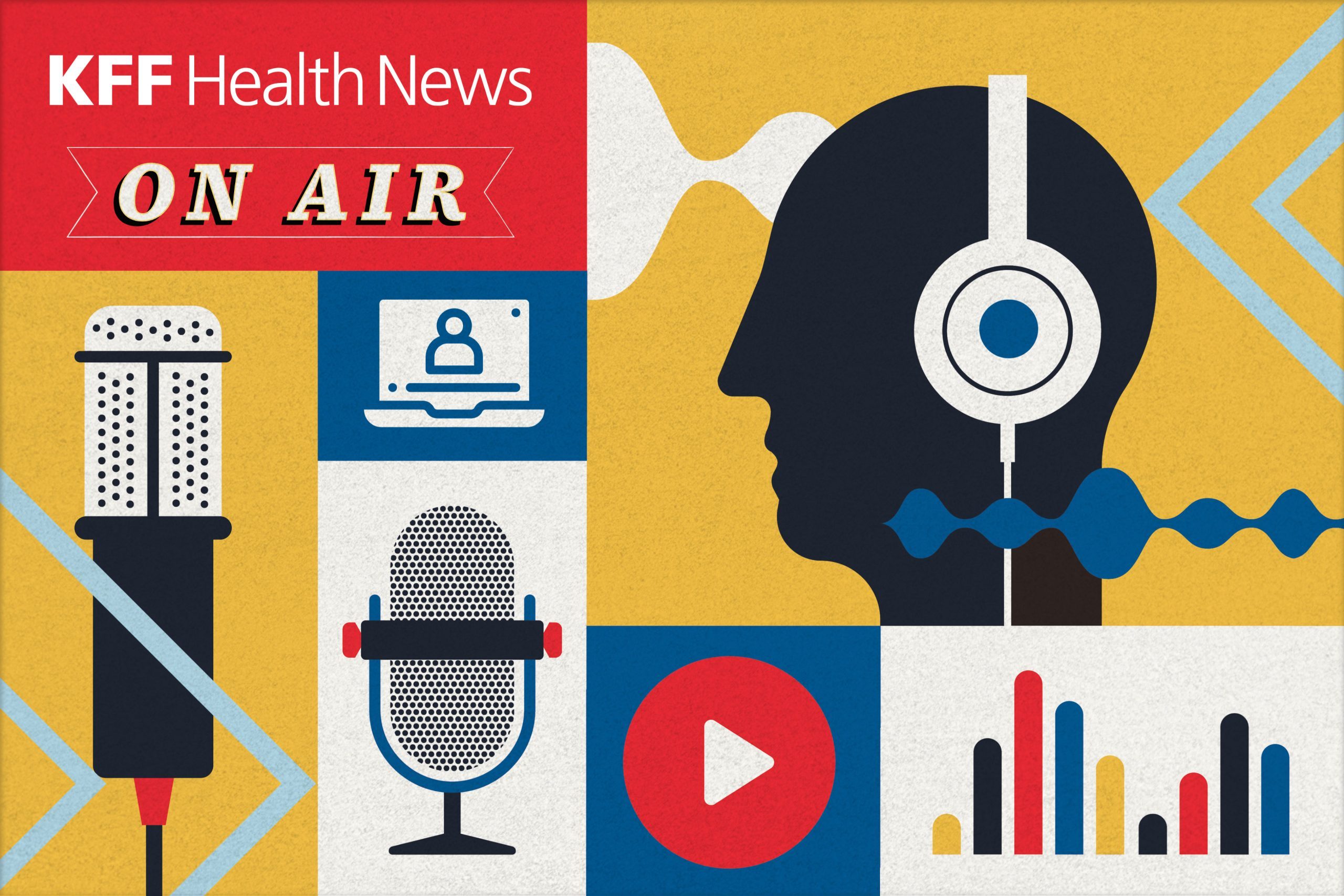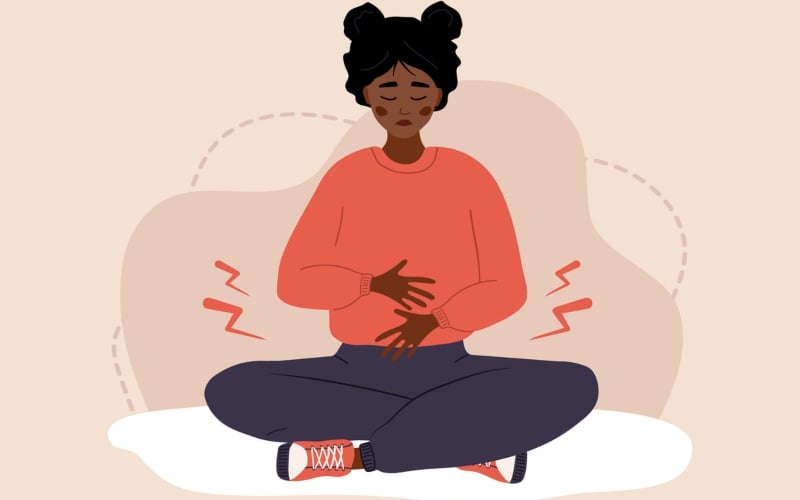When we talk about cardiovascular disease, many may assume it is something that disproportionately affects males. However, the term ‘cardiovascular disease’ is a sort of umbrella term which encompasses a class of different diseases. Neatly dividing them across the biological sexes isn’t so simple.
Cardiovascular disease (CVD) includes diseases that involve the blood vessels or heart. This means not only heart attacks, but strokes, hypertension, carditis, and more. The rates at which these affect men and women, and how they present themselves in women, are often different. If we take heart attacks, for example, the average age at which men tend to have them is typically lower than women. But this does not mean women are out of the woods.
Women tend to have fewer heart attacks across their lifetime, but they tend to experience worse health outcomes. Survival rates are statistically worse for women. The reasons for this are likely many. There is often a gender gap in regard to detection of symptoms, seeking treatment, and the types of treatment options that may be offered to women.
A recent study in the Journal of the American Heart Association found that women were less likely to be prescribed heart medications such as aspirin, statins, and angiotensin-converting inhibitors compared to men. There may be limitations to these findings, including the lack of accountability of the difference in CVD diagnoses between women and men; however, the disparity is still a cause for consideration.
Other Risk Factors For Women and CVD
When it comes to cardiovascular disease, both sexes are vulnerable. CVD is still the leading cause of death for both sexes (pandemic aside). There are additional risk factors for women, however, when it comes to CVD.
Menopause may be a risk factor for worsening heart health, for example. A decline in estrogen may be the culprit. However, menopausal age also increases the likelihood that unhealthy lifestyle habits such as smoking and obesity catch up with the body, increasing the chance of cardiovascular issues.
Women who have or had breast cancer in their lifetime are also at an increased risk of arrhythmias, heart failure, cardiac arrest, and blood clots compared to those who have not had breast cancer. Given women are more predisposed to developing breast cancer (although men can develop breast cancer, too), this is an additional risk factor that should be considered.
One of the ways we can help to improve health outcomes for women with cardiovascular disease is to simply raise awareness. This disease knows no gender but can present itself differently based on biological sex and other factors. Learn more about some of the differences in symptoms, and be sure to get checked regularly at the doctor. This is a gender gap we can, and should, close.
This article was previously published on Being Well.
—
Shutterstock
The post Heart Disease and the Gender Gap appeared first on The Good Men Project.
Original Article










